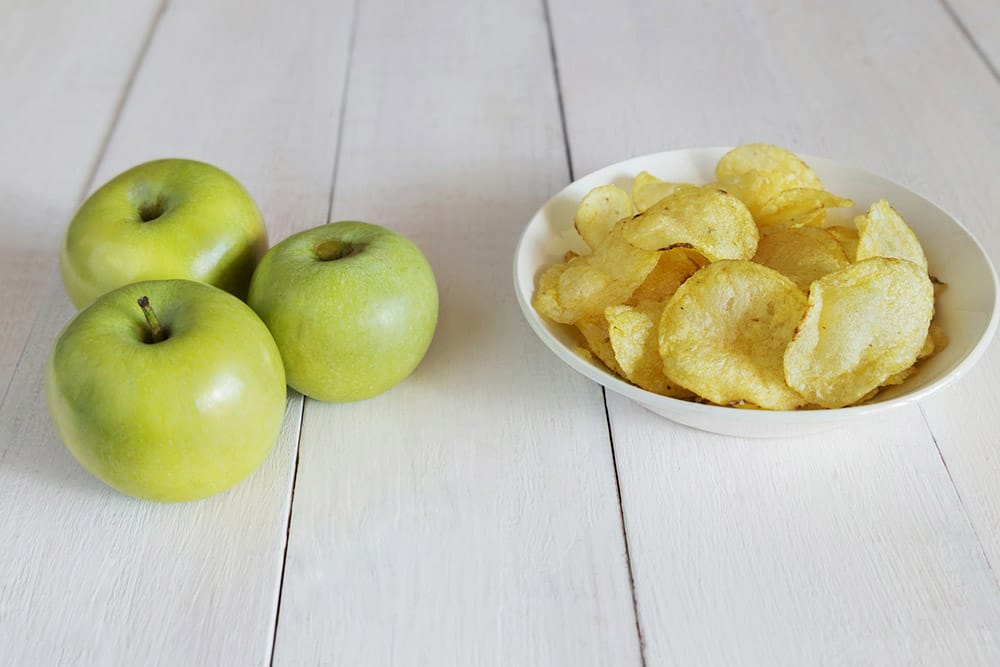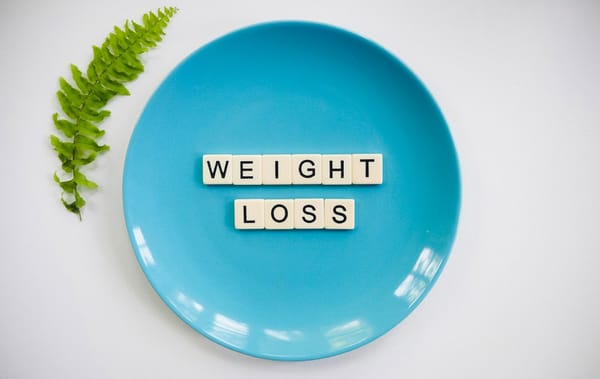How Many Calories Should I Eat In A Day? Use TDEE To Find Out

Being able to calculate how many calories you need is highly significant for you to hit your health and fitness targets. This calculation enables you to know the amount of calorie intake required to achieve your goal, whether it be to lose weight, maintain or gain muscle. The following article outlines how you can systematically frame in view TDEE to meet your objectives of calorie consumption regarding your fitness targets.
What Is TDEE And Why Is It Important?
Before we go through how many calories to eat each day, let's define Total Daily Energy Expenditure (TDEE) once more. TDEE essentially means how many calories your body needs in one day, including with the energy expenditure from daily physical activity, the energy needed for basic life-sustaining functions at rest (also known as BMR), and the TEF involved in food digestion.
So, to calculate the TDEE is really important because it's going to tell you how many calories your body needs to function and perform daily tasks. Once you're aware of your TDEE, you can modulate your caloric intake accordingly depending on whether you want to shed pounds, keep your weight constant, or bulk up.
Calculate Your TDEE
Getting to know your daily calorie consumption starts from calculating TDEE:
Finding Your BMR
Your Basal Metabolic Rate represents how many calories your body needs to perform the very basic functions of life, such as breathing and digestion. It is possible to calculate the BMR through Mifflin-St Jeor Equation:
- For Women: BMR = 10 × weight(kg) + 6.25 × height(cm) - 5 × age(y) - 161
- For Men: BMR = 10 × weight(kg) + 6.25 × height(cm) - 5 × age(y) + 5
Multiply Your BMR By An Activity Factor: Your activity level determines the rate at which you use energy each day.
- Sedentary (little or no exercise): BMR × 1.2
- Lightly Active (light exercise/sports one to three days a week): BMR × 1.375
- Moderately Active (moderate exercise/sports three to five days a week): BMR × 1.55
- Very Active (hard exercise/sports six to seven days a week): BMR × 1.725
- Super Active (very hard exercise/sports and a physical job): BMR × 1.9
What this means is all the energy burning your body will do in a single day.
Want to know the difference between TDEE and BMR? Find out more in this article: TDEE vs. BMR: What’s the Difference and Why Does It Matter?
Using TDEE for Different Fitness Goals
Weight Loss
In order to lose weight, you need to eat fewer calories than your TDEE in order to create a deficit. A frequent recommendation points to a decrease of 500-1000 calories per day in the intakes since it leads to a safe and sustainable loss of between 1-2 pounds a week. Just remember that weight loss is a process, and eating very few calories can cause muscle loss, fatigue, and nutrient deficiencies.
Weight Maintenance
If you are satisfied with the weight you have and do not want it to change, you will match your calorie intake with your TDEE. This will keep the weight stable in a way that you take in the same number of calories that you use. Maintenance means keeping your calories in line with your TDEE through regular tracking and making any necessary adjustments.
Muscle Gain
Getting more muscle means that you will have to eat more than your TDEE – a caloric surplus will be needed. For gaining muscle mass, the surplus should be somewhat moderate – approximately 300-500 calories per day. This is the surplus that gives energy to repair and add muscle tissue in the body, post-exercise.
Remember the muscle gain will only happen under the right nutrition and with strength training: the calorie surplus needs to appropriately come with training of the right kind.
How to Adjust Calories Based on TDEE
Once you calculate the TDEE, you can set the calories per specific goal. It's also pertinent to listen to your body and change feeling, for the adjustment can be made over time based on progress. Tweak if you do not lose weight, increase training if gaining too fast (that is if a fat) to prevent. Do not hold back on muscle gain, but present a tuned balance on the macro count (protein, fat, and carbs).
Macronutrients Breakdown in Your Caloric Intake
While you will adjust calories for the loss, maintenance, or gain of muscle mass, it's not all about the number of calories, but also the quality of these calories. Proper macronutrient allocation will go a long way toward your goal achievement:
- Protein. This is important in the process of repairing and building muscle. The protein intake is from 1.2 to 2.2 grams of protein mineralized with body weight in kilograms, similar to the goal.
- Fat. The intake should balance at 0.8-1 gram of healthy dietary fat per kilogram of body's weight.
How Important Is Tracking My Calories?
Being aware of calorie counting and TDEE is very interesting; you are going to feel how your body responds under different calorie conditions. It's easy to find TDEE, but from then on, it gets crucial to keep tracking progress and hence adjusting. Calories-tracking apps or a simple food journal can assist you in staying aligned with your targets concerning calorie count.
This also means that you have to track regularly and even recalculate TDEE from time to time so that you will be able to adjust based on your progress. For instance, an increase in TDEE will mean an increase in muscle mass or even the physical activity that you have to deal with. Monitoring progress will thus mean having the control needed on the fitness journey.
Final Thoughts
Knowing how many calories you need for a day to meet your fitness goals is very pivotal. A clearer picture of what TDEE entails will make decisions regarding diet alterations optimally for shedding pounds, maintaining them, or bulking up.
It's all about the long-term and sustainable results because of changes and never-and-ever a fix. For max effort turns into success, accurately determining TDEE and computing calorie changes based on specific goals is what it's all about.



